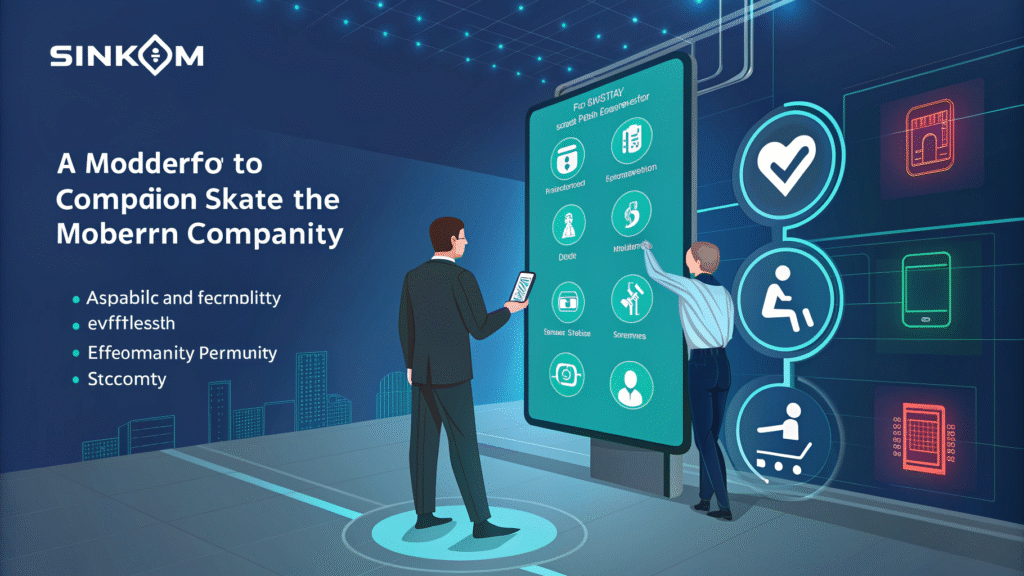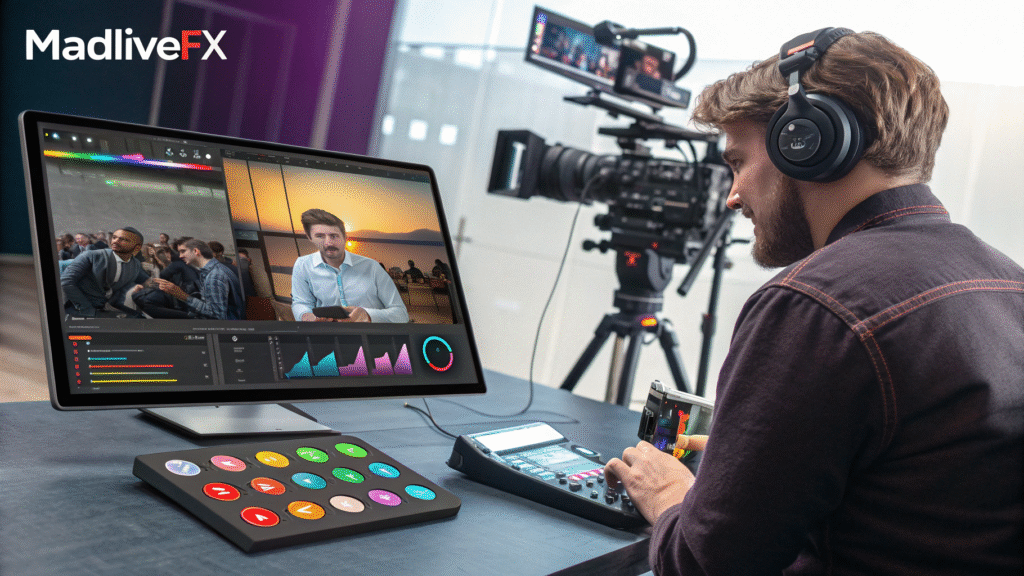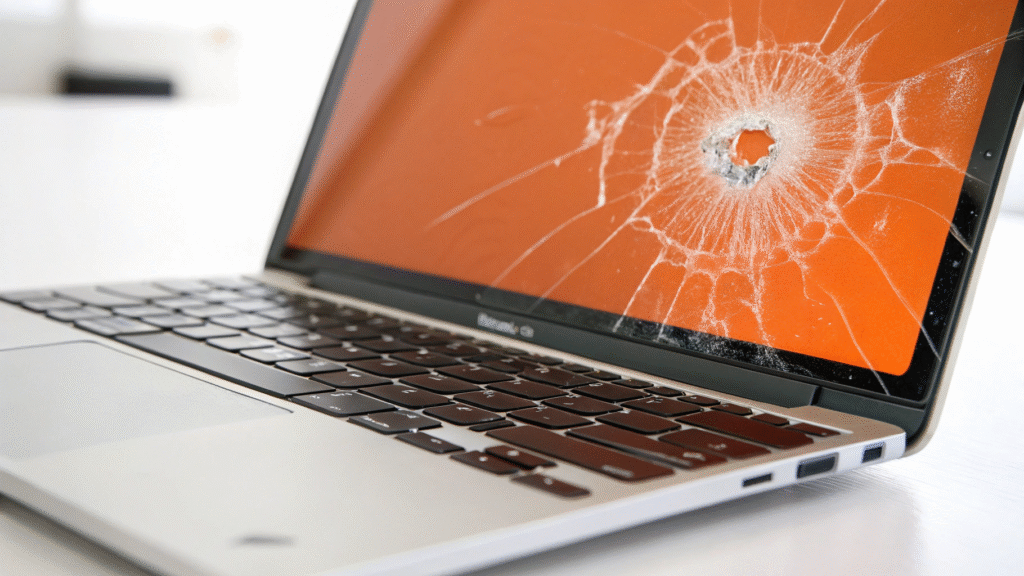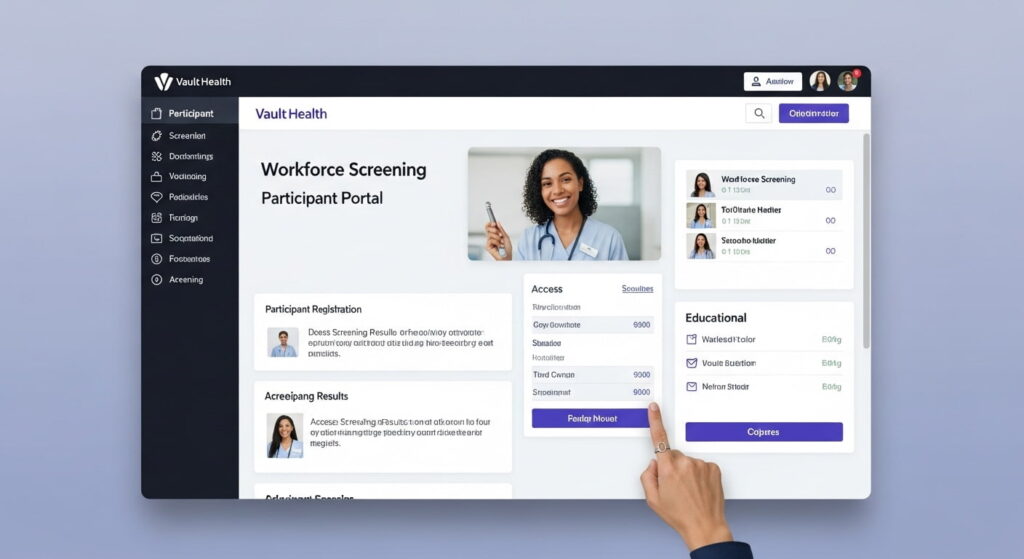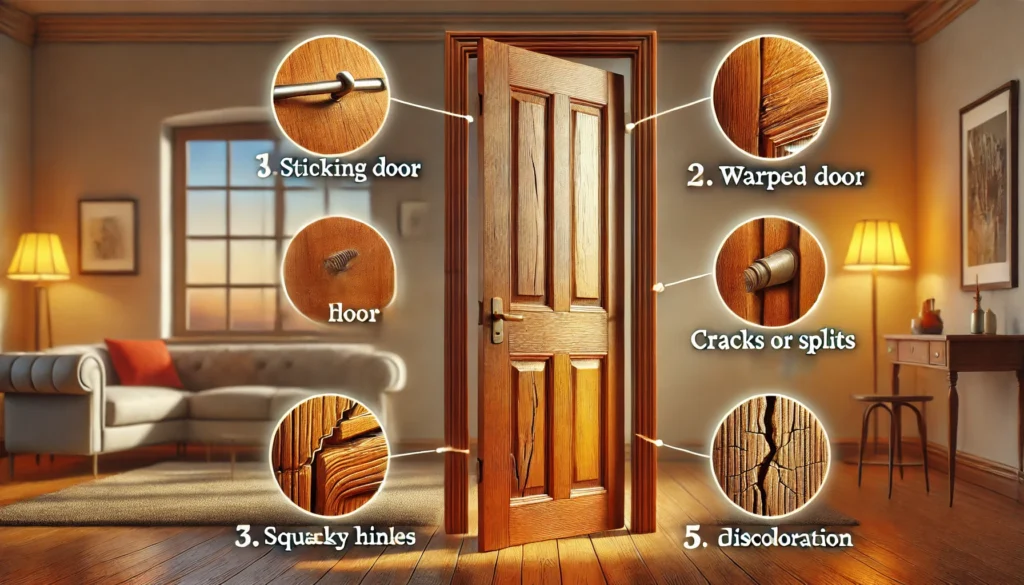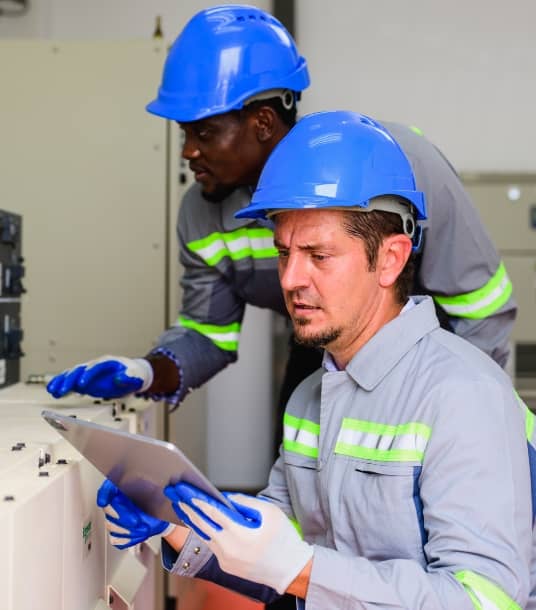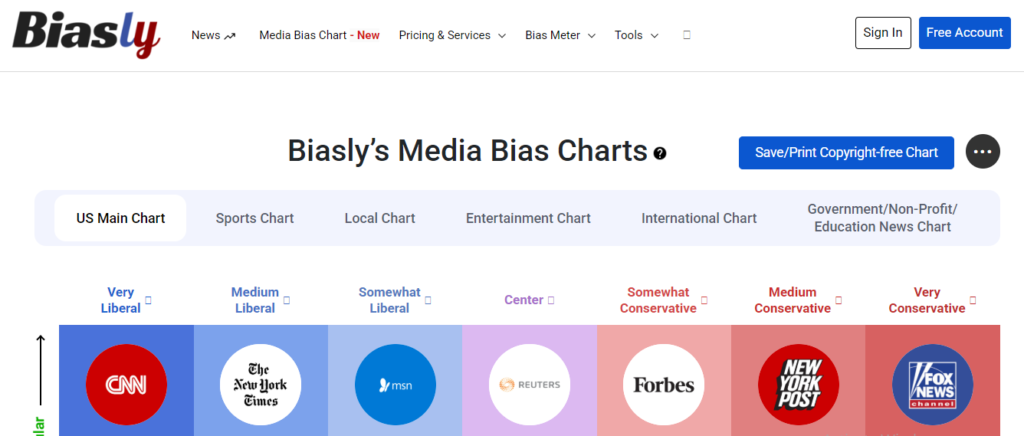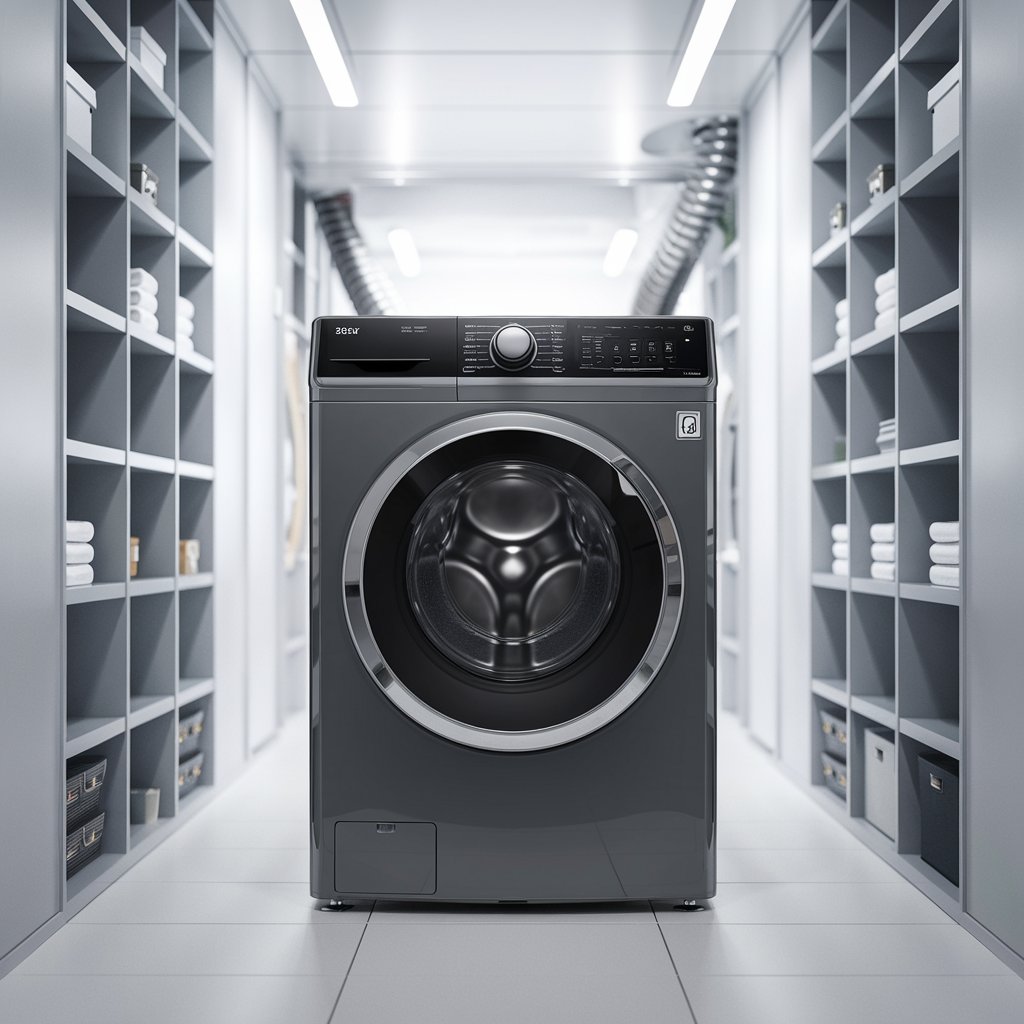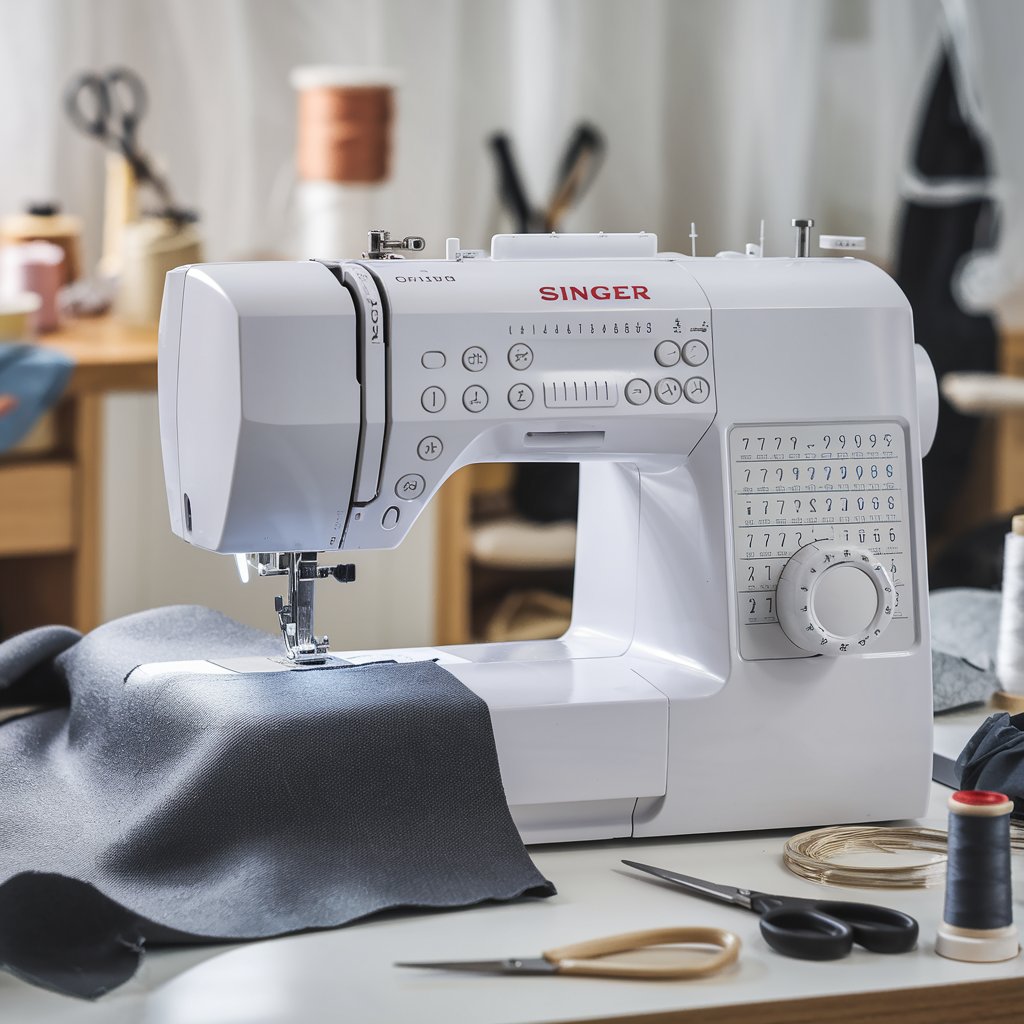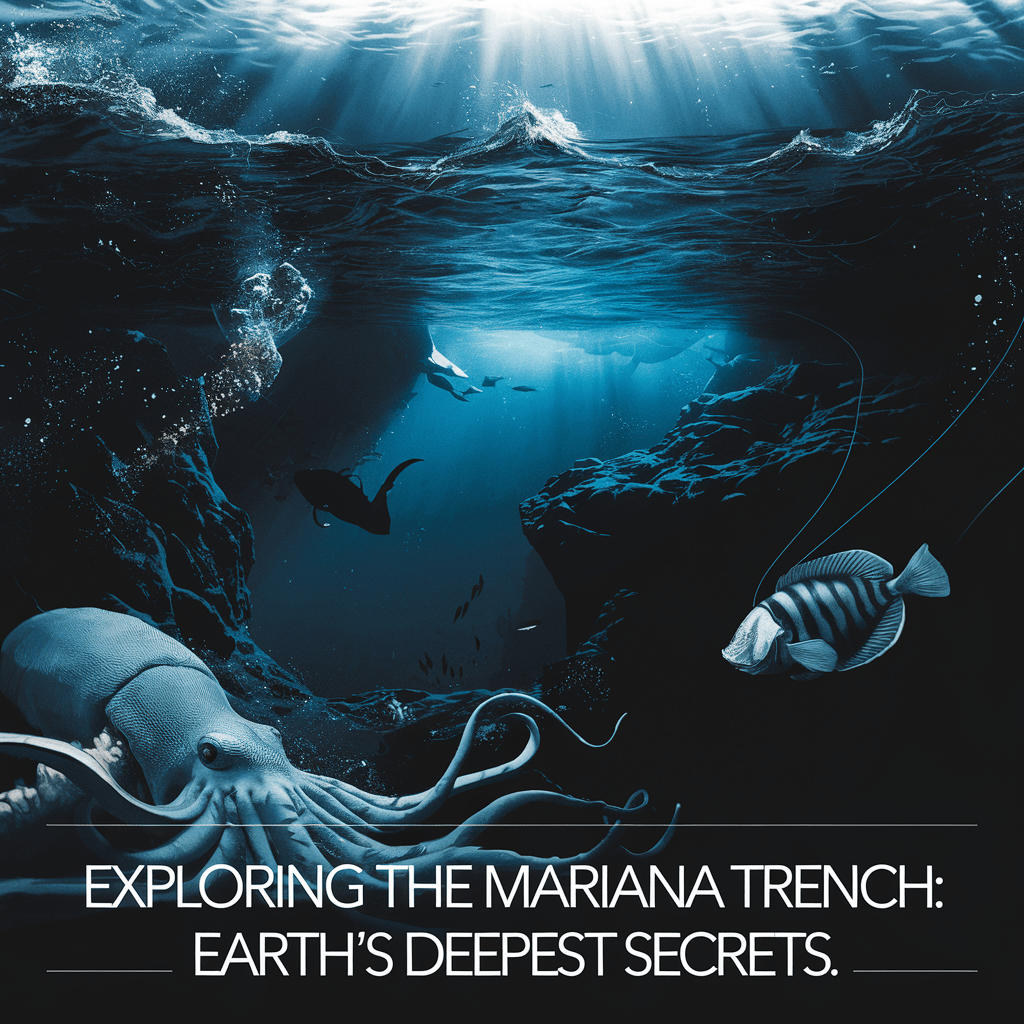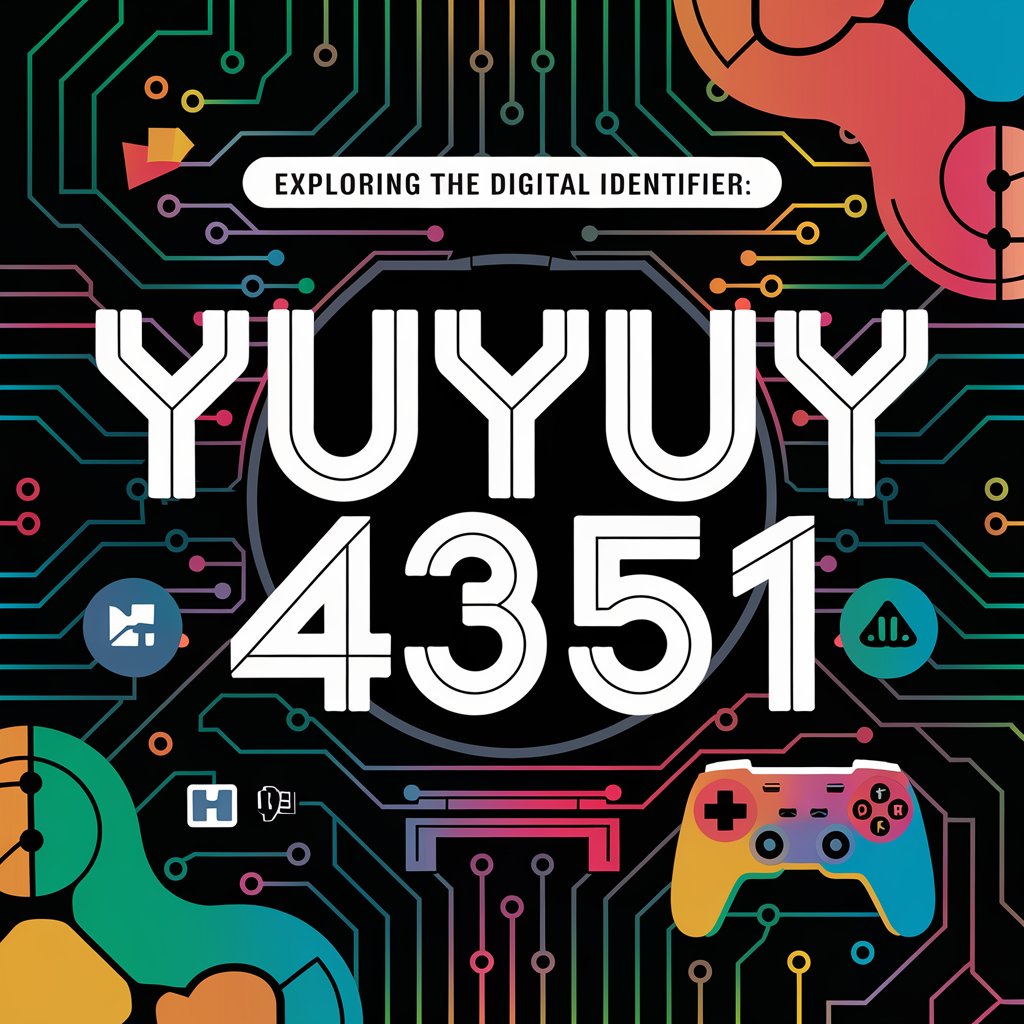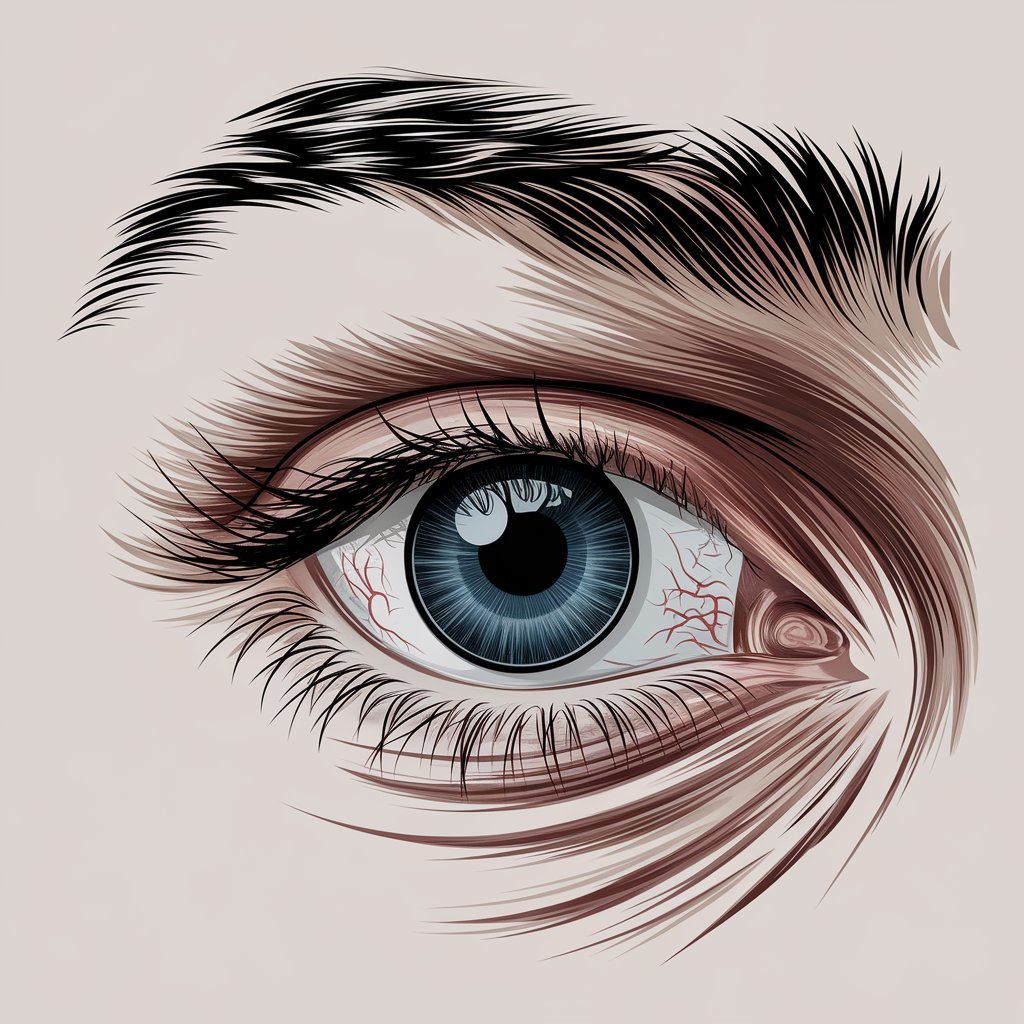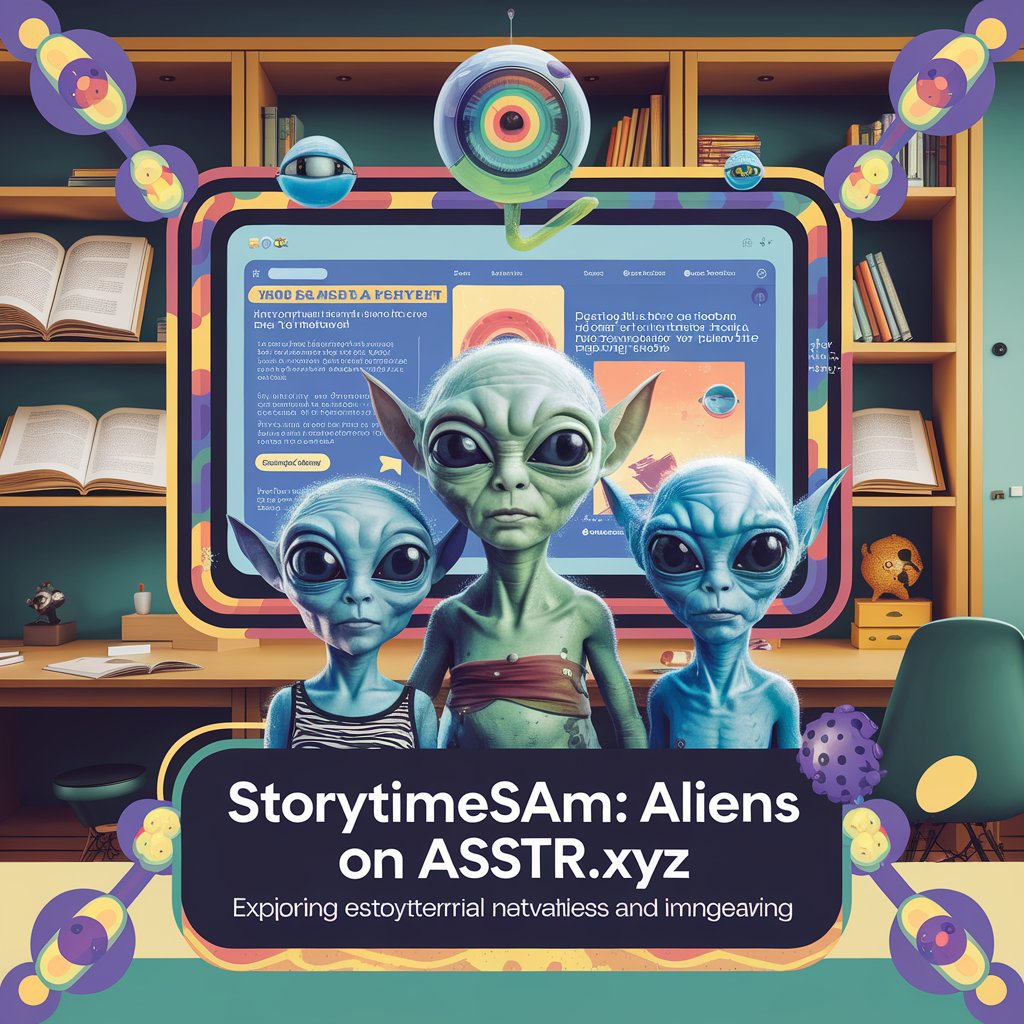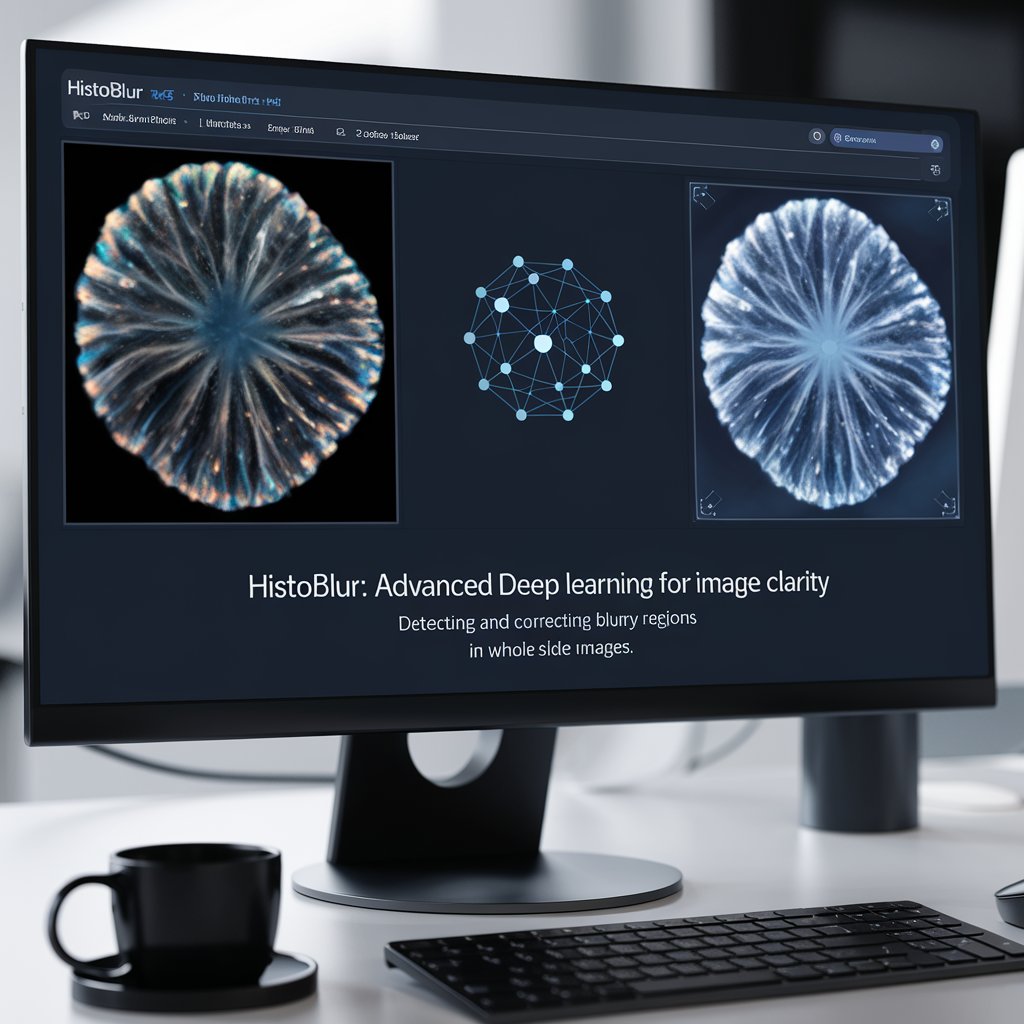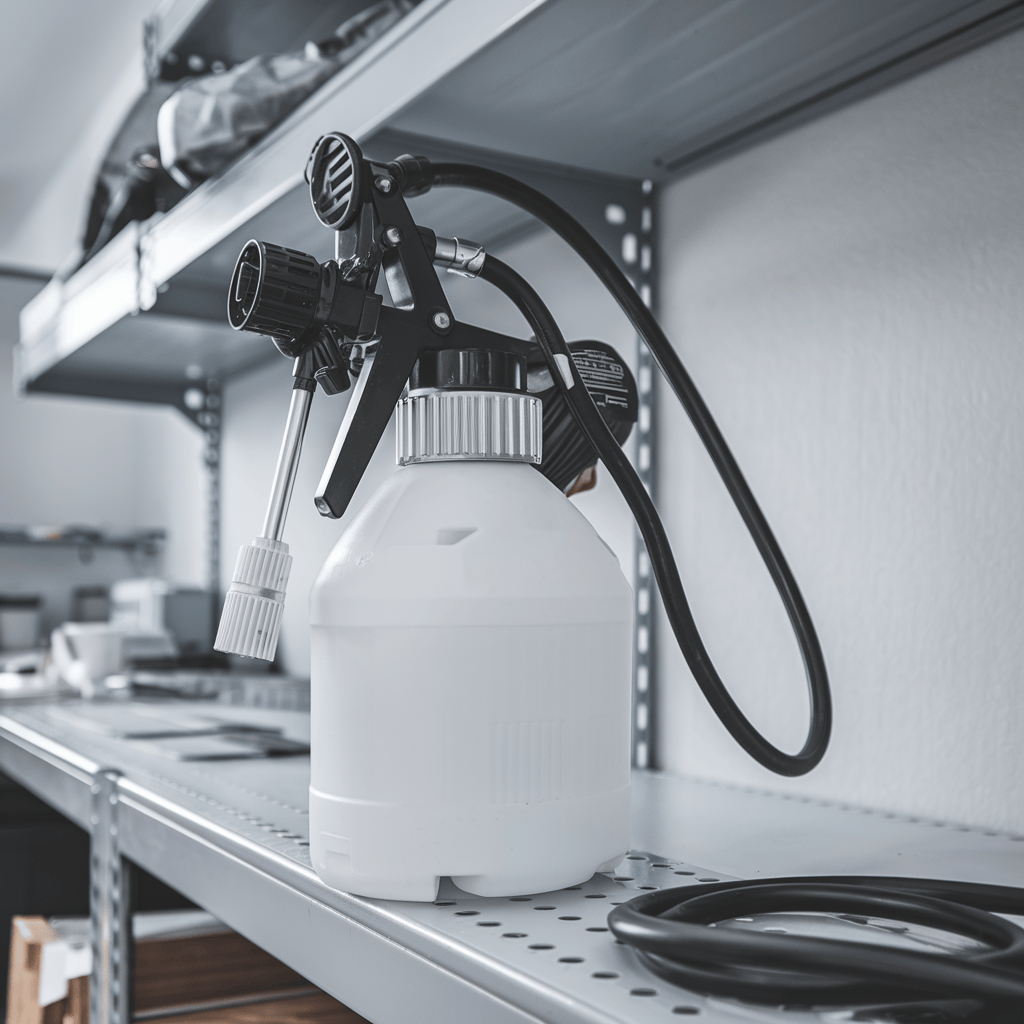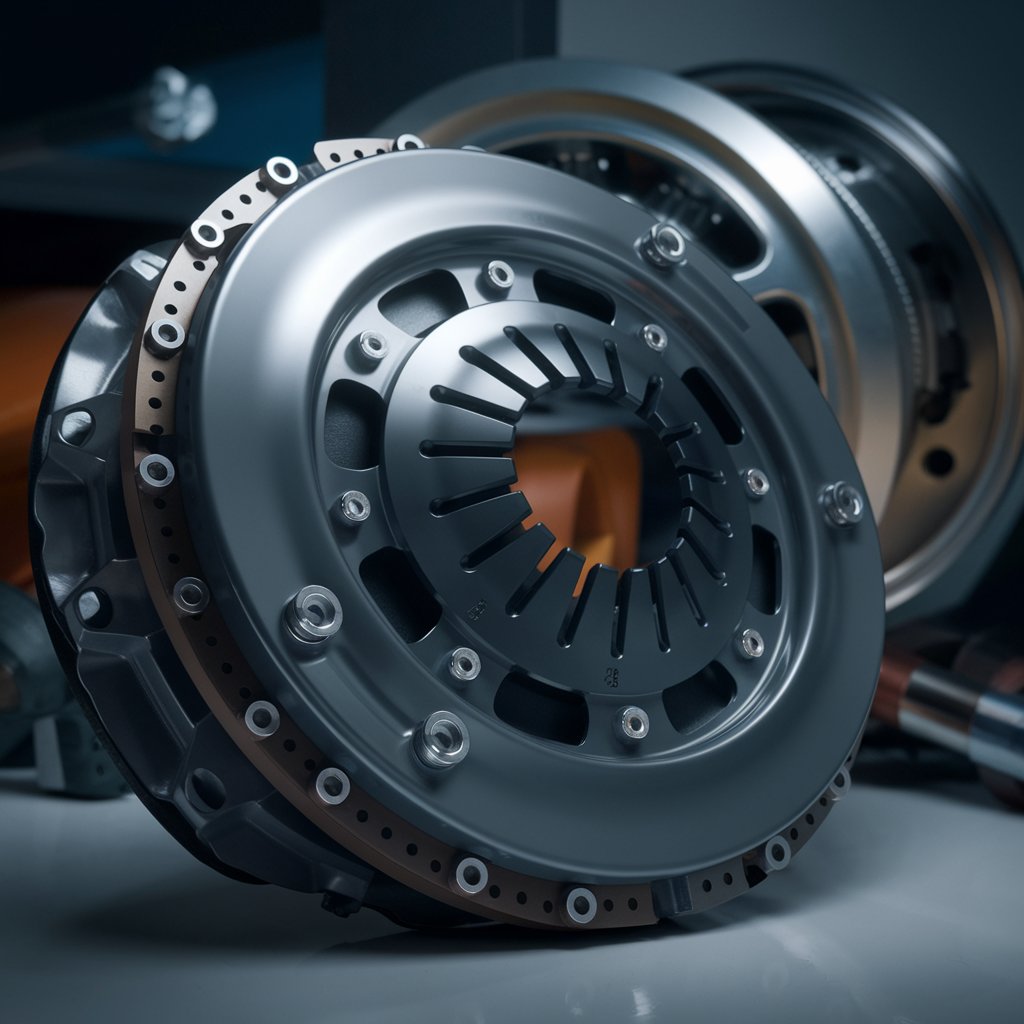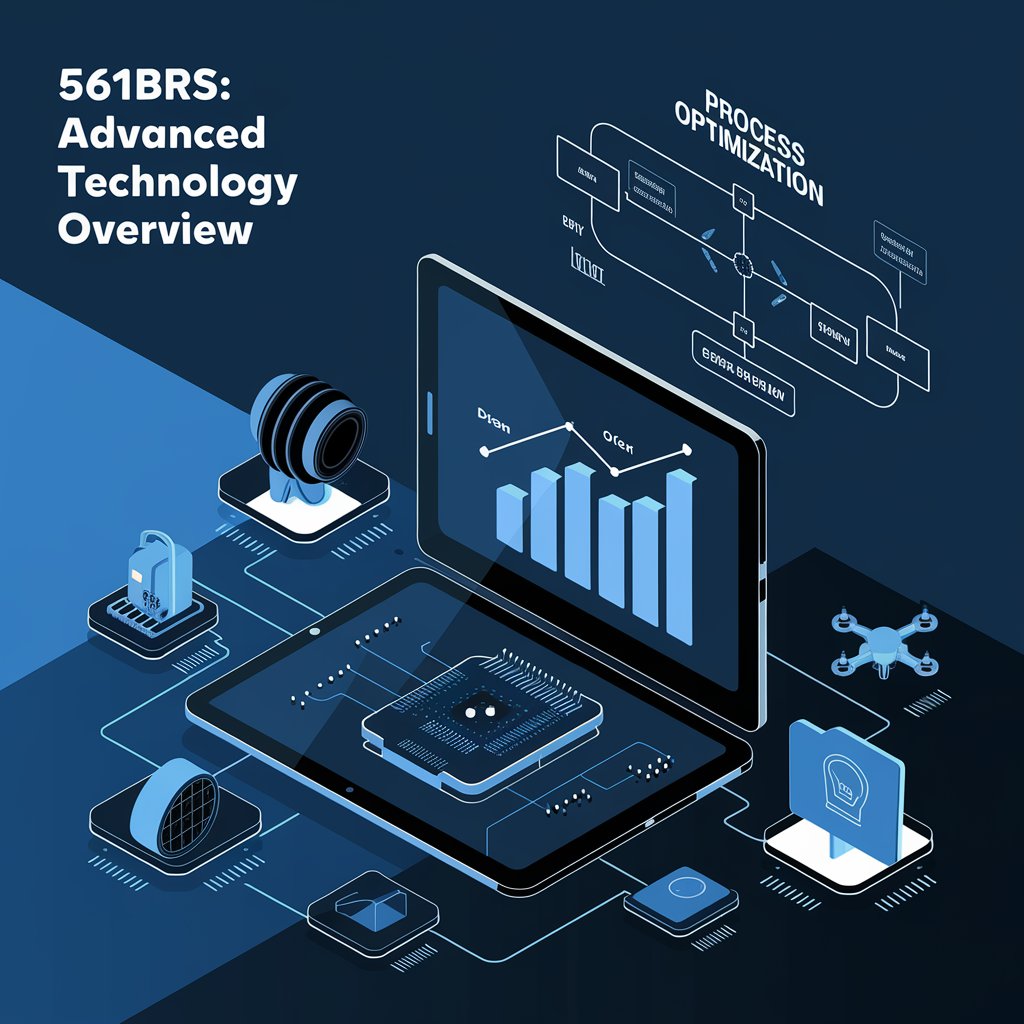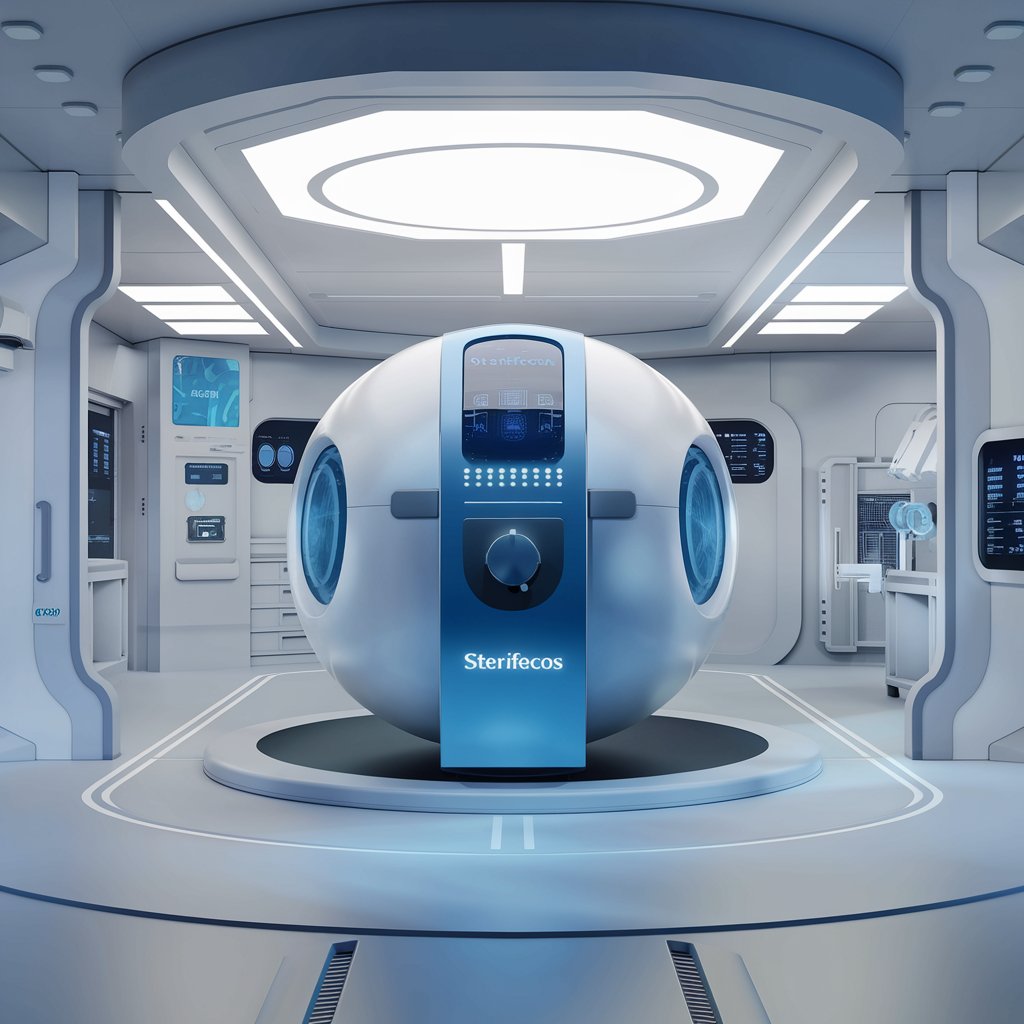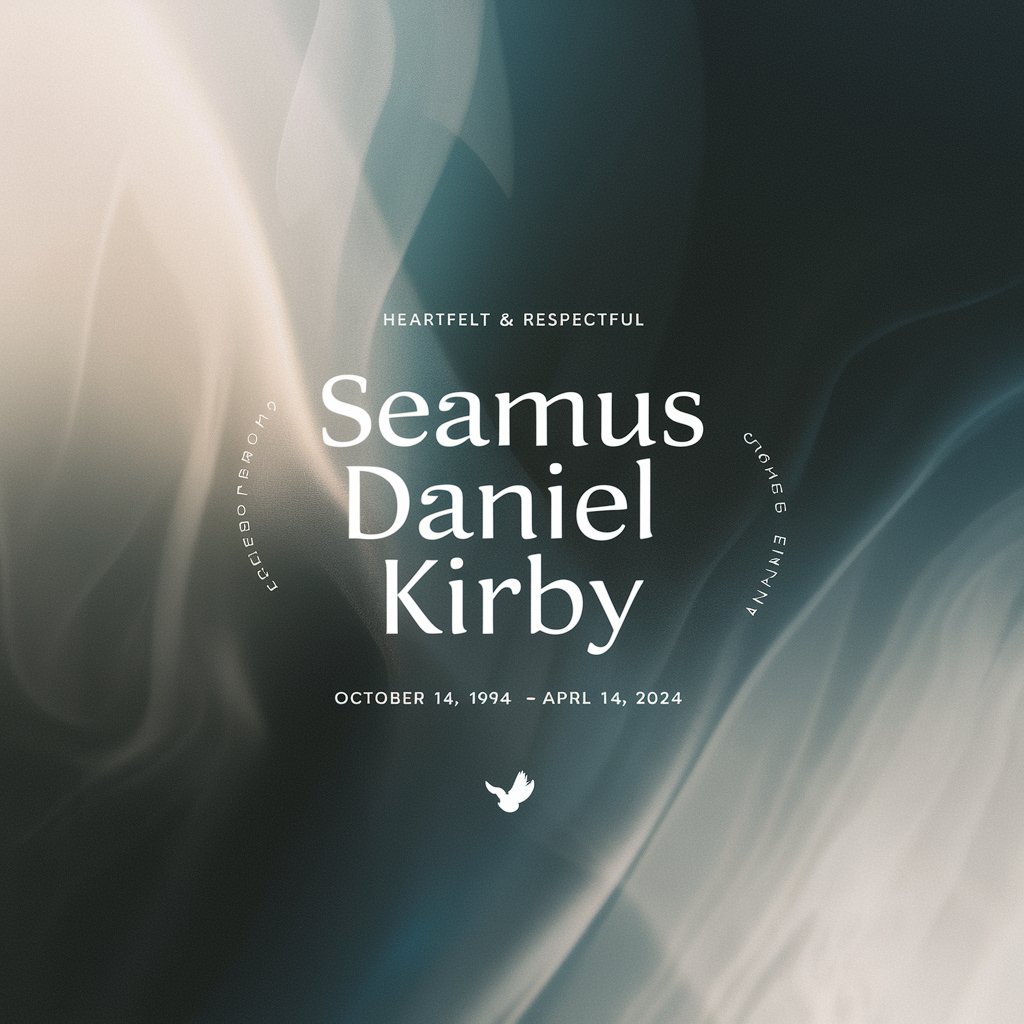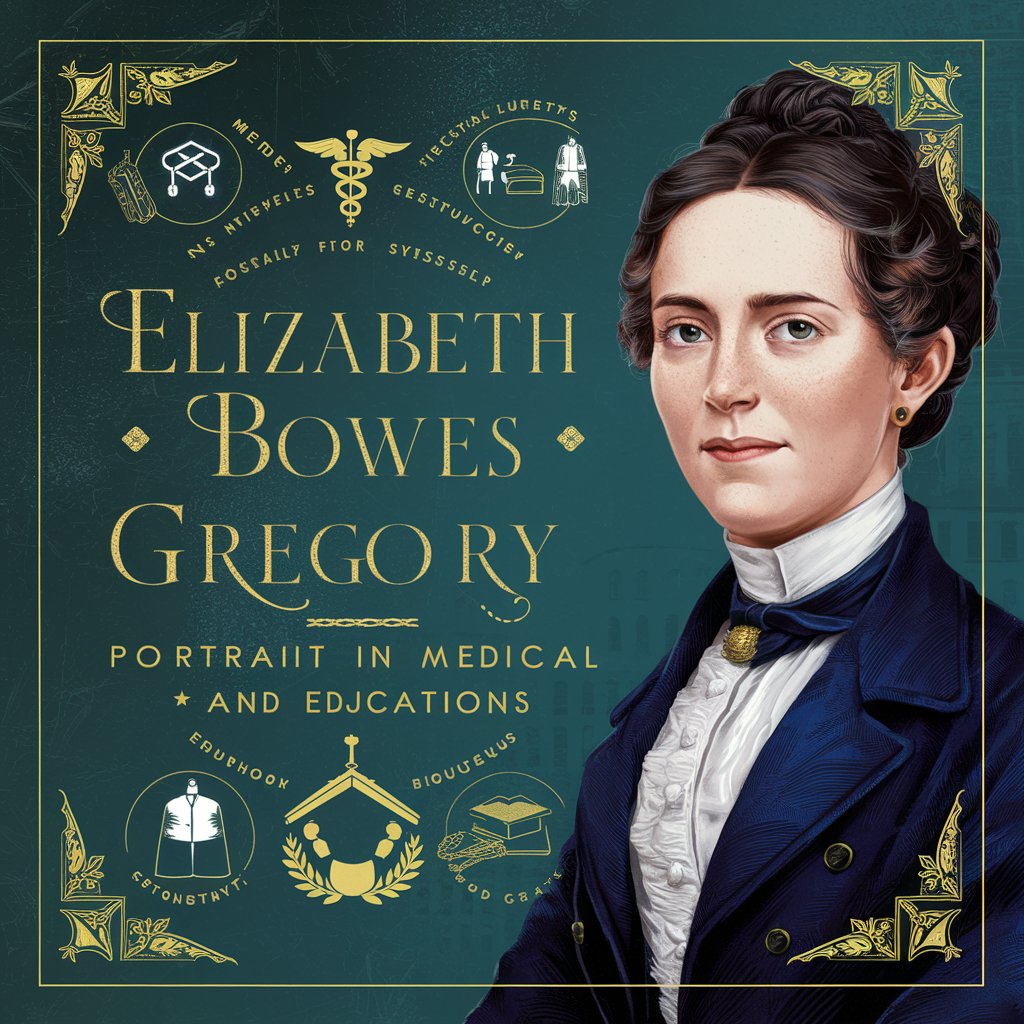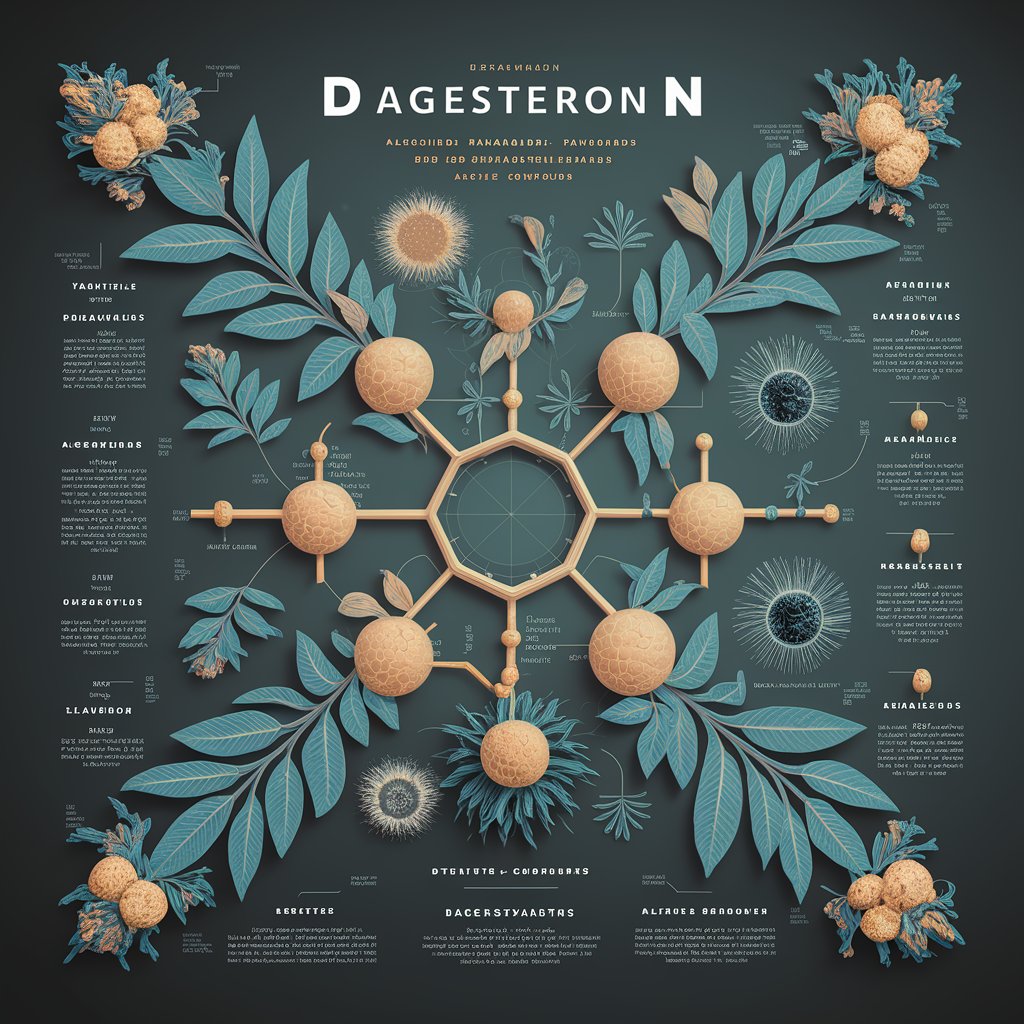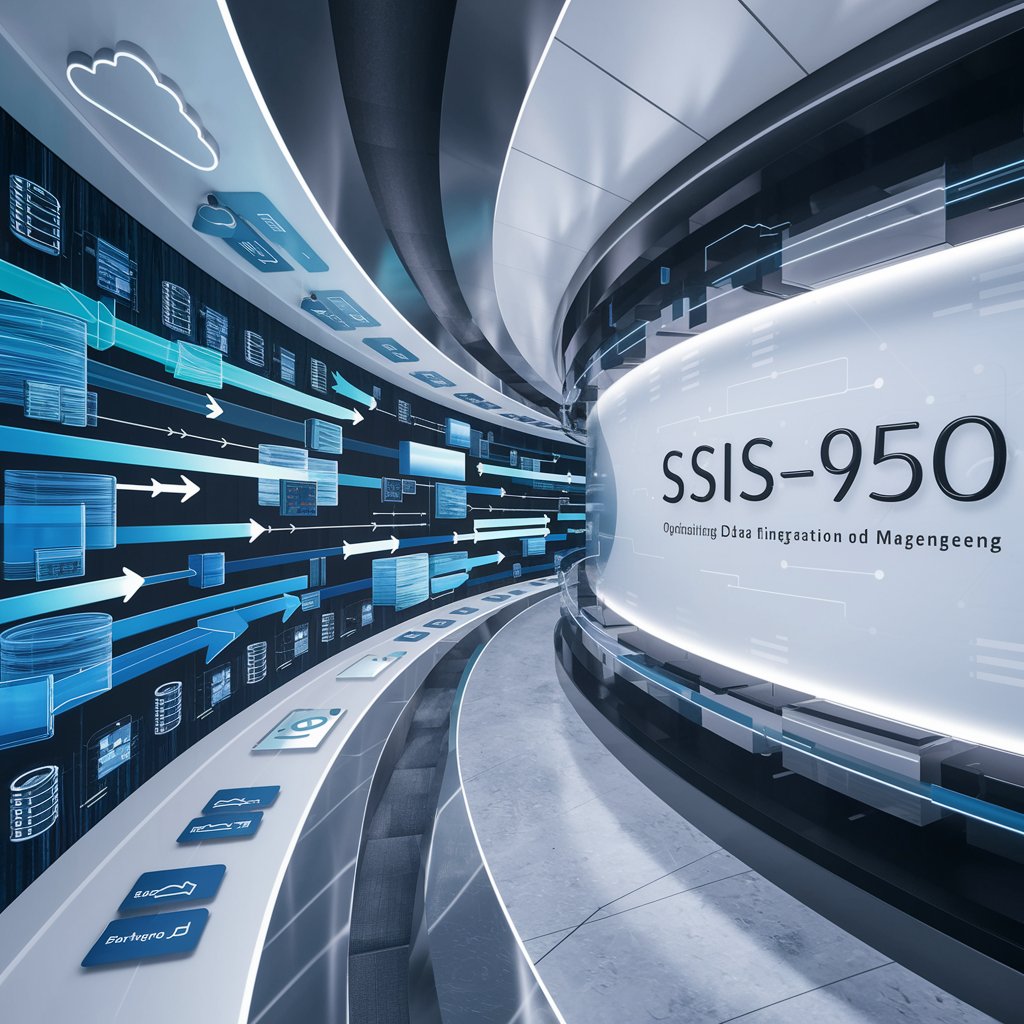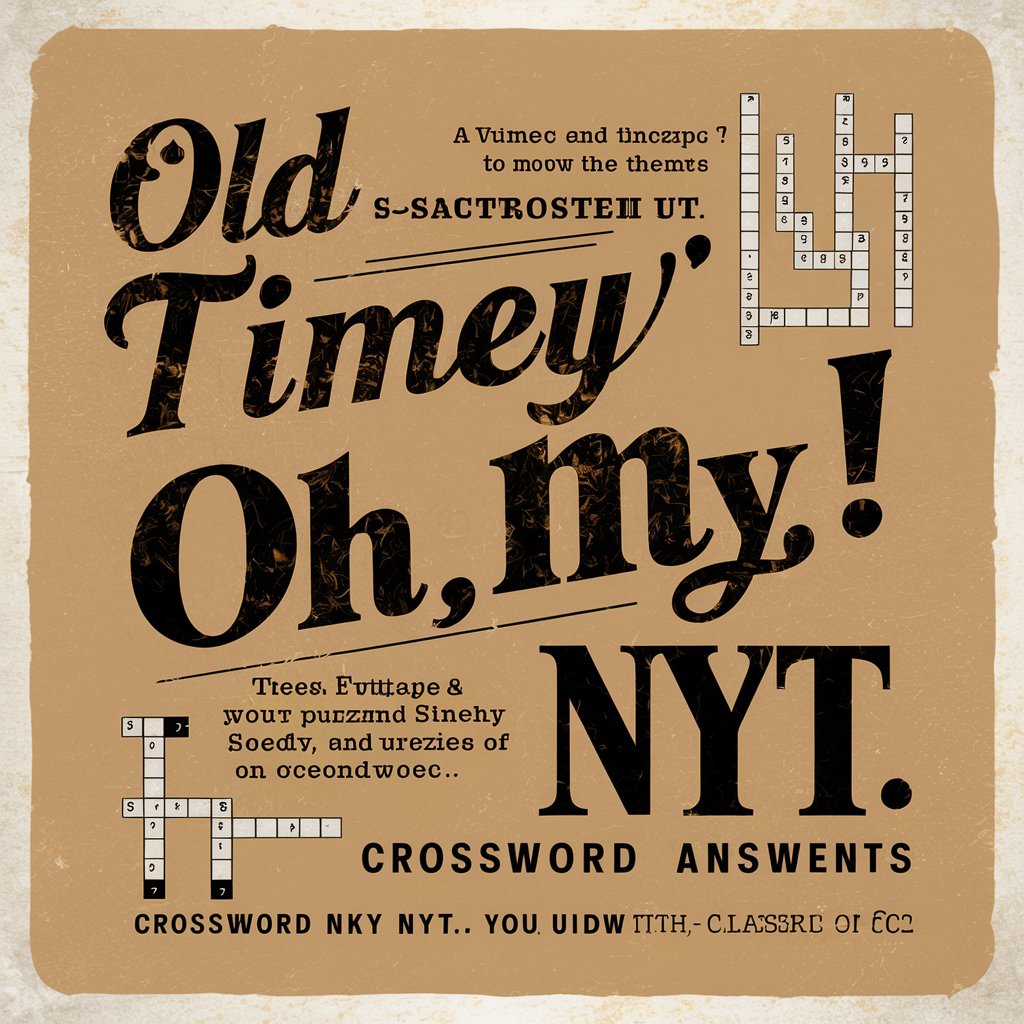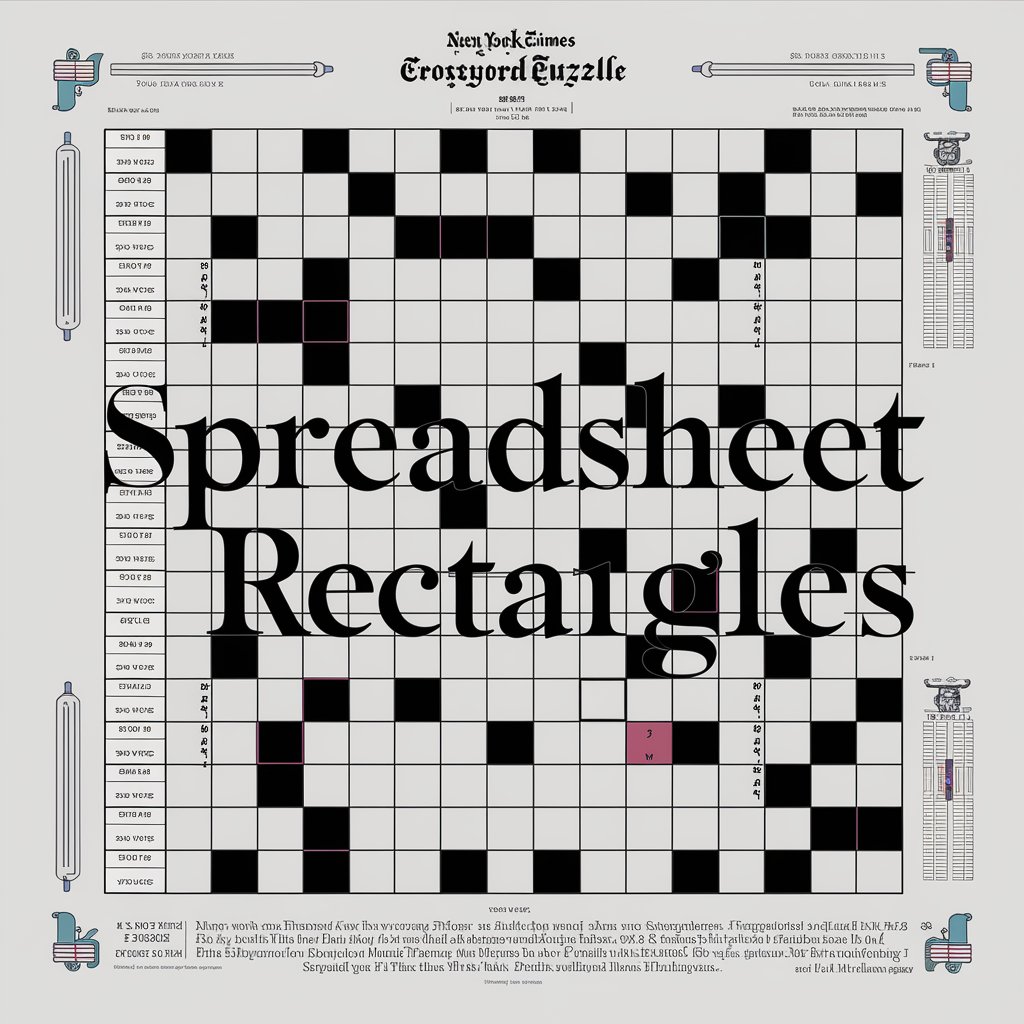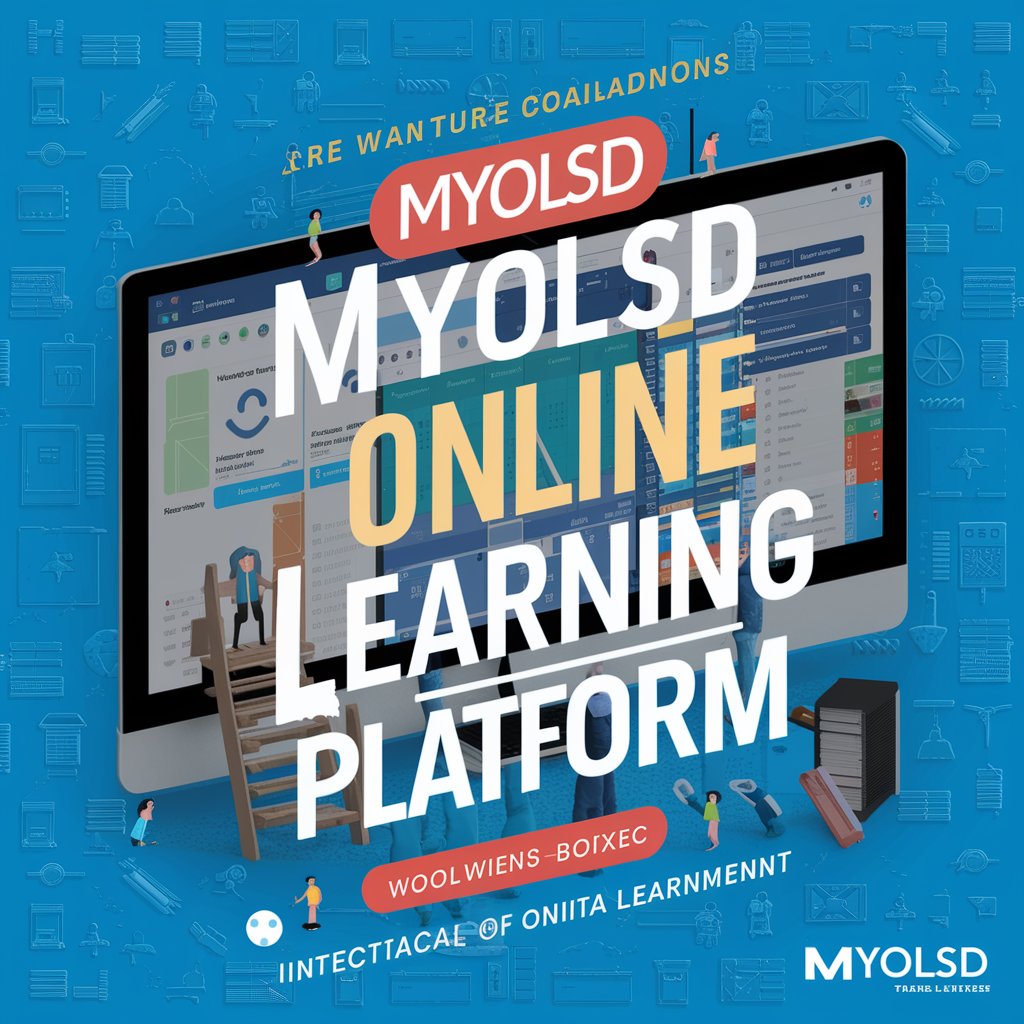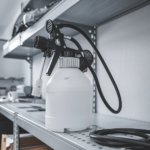HistoBlur: The Future of Image Clarity with Advanced Deep Learning

Introduction
In the realm of medical and scientific imaging, clarity is paramount. Blurry images can obscure critical details, impacting diagnoses and research outcomes. HistoBlur emerges as a cutting-edge solution to this problem. Leveraging advanced deep learning technology, HistoBlur is designed to detect and address blurry regions in whole slide images. This comprehensive guide explores HistoBlur’s features, benefits, and applications, offering a deep dive into how it revolutionizes image analysis.
HistoBlur is an advanced deep learning tool designed to detect blurry regions in whole slide images, addressing the challenge of ensuring image clarity for accurate analysis and diagnosis.
Table of Contents
- What is HistoBlur?
- Key Features of HistoBlur
- How HistoBlur Works
- Applications of HistoBlur
- Benefits of Using HistoBlur
- HistoBlur vs. Traditional Image Analysis Tools
- User Experiences and Case Studies
- FAQs About HistoBlur
- Conclusion
What is HistoBlur?
HistoBlur is an advanced deep learning tool designed to enhance the quality of whole slide images by detecting and correcting blurry regions. In medical diagnostics, research, and other scientific fields, high-resolution images are crucial. Blurriness can compromise the accuracy of analyses and diagnoses, making tools like HistoBlur essential for maintaining image integrity.
Deep Learning in Image Analysis
Deep learning, a subset of artificial intelligence (AI), involves training neural networks on large datasets to recognize patterns and make decisions. In the context of image analysis, deep learning algorithms can identify and correct various issues, including blurriness, with remarkable precision.
Key Features of HistoBlur
HistoBlur stands out due to its unique features tailored for high-quality image analysis. Here’s a detailed look at its key attributes:
1. Advanced Blurriness Detection
HistoBlur uses sophisticated deep learning algorithms to detect blurry regions in images. This feature ensures that even subtle blurriness is identified, which is crucial for maintaining image quality.
2. Whole Slide Image Compatibility
Unlike many image analysis tools that may struggle with large files, HistoBlur is designed to handle whole slide images efficiently. This compatibility is particularly important in medical and research settings where high-resolution images are the norm.
3. High Precision and Accuracy
The deep learning models used by HistoBlur are trained on extensive datasets, enabling them to deliver highly accurate results. This precision reduces the risk of errors and ensures that only genuine blurriness is flagged.
4. Intuitive User Interface
HistoBlur features a user-friendly interface that simplifies the process of uploading images, viewing results, and making adjustments. This ease of use enhances productivity and ensures that users can focus on their analyses rather than struggling with the tool itself.
5. Integration Capabilities
HistoBlur can be integrated with existing image analysis platforms and workflows. This flexibility allows users to incorporate HistoBlur into their current systems seamlessly, enhancing its utility and effectiveness.
How HistoBlur Works
Understanding the functionality of HistoBlur provides insight into its effectiveness. Here’s a step-by-step overview of how the tool operates:
1. Image Upload
Users begin by uploading whole slide images into the HistoBlur platform. The tool supports various image formats, accommodating different types of imaging data.
2. Deep Learning Analysis
HistoBlur’s deep learning algorithms analyze the uploaded images to detect blurry regions. The models have been trained on a vast amount of image data, allowing them to recognize blurriness with high accuracy.
3. Detection and Highlighting
After analysis, HistoBlur highlights the blurry areas within the image. This visual representation helps users easily identify and address problematic regions.
4. Recommendations for Correction
While HistoBlur focuses on detection, it also provides recommendations for correcting detected blurriness. Users can follow these recommendations to enhance the clarity of their images.
5. Results Review
Users can review the results and make any necessary adjustments. HistoBlur’s intuitive interface ensures that this process is straightforward and efficient, allowing users to quickly address blurriness issues.
Applications of HistoBlur
HistoBlur’s capabilities are applicable across various fields, each benefiting from its advanced image analysis features:
1. Medical Imaging
In medical research and diagnostics, clear images are crucial for accurate diagnoses. HistoBlur ensures that whole slide images of tissue samples are free from blurriness, improving diagnostic accuracy and reliability.
2. Scientific Research
Researchers working with high-resolution images, such as those in biology and materials science, can use HistoBlur to ensure their images are clear and usable for detailed analysis.
3. Educational Purposes
Educational institutions can leverage HistoBlur to enhance the quality of images used in teaching materials and presentations, providing students with clearer and more accurate visual information.
4. Quality Control
In industries reliant on image analysis for quality control, such as manufacturing and forensics, HistoBlur helps identify and address image quality issues, maintaining high standards.
Benefits of Using HistoBlur
Adopting HistoBlur offers several advantages that enhance image quality and analysis efficiency:
1. Enhanced Image Quality
HistoBlur ensures that users work with high-quality images by detecting and addressing blurry regions, leading to more accurate analyses and outcomes.
2. Increased Efficiency
The tool’s automated analysis and user-friendly interface streamline the process of identifying and correcting blurriness, saving time and effort.
3. Improved Accuracy
With its advanced algorithms, HistoBlur reduces the risk of errors associated with blurry images, enhancing the accuracy of diagnoses and research results.
4. Versatility
HistoBlur’s ability to handle various image formats and integrate with existing platforms makes it a versatile tool suitable for different applications and industries.
HistoBlur vs. Traditional Image Analysis Tools
Comparing HistoBlur to traditional image analysis tools highlights its advantages:
1. Blurriness Detection
HistoBlur’s deep learning algorithms provide superior blurriness detection compared to many traditional tools, offering higher accuracy and reliability.
2. Whole Slide Image Handling
Traditional tools may struggle with large or complex images, while HistoBlur is specifically designed to manage whole slide images effectively.
3. Integration and Usability
HistoBlur’s integration capabilities and user-friendly design make it a more flexible and accessible option compared to some traditional image analysis tools.
User Experiences and Case Studies
Exploring real-world applications and user experiences provides valuable insights into HistoBlur’s performance:
1. Case Study: Medical Research
A medical research study using HistoBlur demonstrated improved diagnostic accuracy by ensuring that tissue samples were free from blurriness, enhancing research outcomes.
2. Case Study: Scientific Research
Researchers in the field of biology utilized HistoBlur to analyze high-resolution images, resulting in more reliable data and improved experimental results.
3. User Feedback
Users have praised HistoBlur for its accuracy, efficiency, and ease of use. Positive feedback highlights the tool’s effectiveness in detecting and correcting image blurriness.
FAQs About HistoBlur
1. What types of images can HistoBlur analyze?
HistoBlur is designed to analyze whole slide images, making it suitable for medical, scientific, and educational applications.
2. How does HistoBlur handle large image files?
HistoBlur is optimized to manage large and complex images efficiently, ensuring smooth performance even with whole slide images.
3. Can HistoBlur be integrated with other image analysis platforms?
Yes, HistoBlur offers integration capabilities, allowing it to work seamlessly with existing image analysis workflows and platforms.
4. Is HistoBlur suitable for non-medical applications?
While HistoBlur is often used in medical and scientific contexts, its capabilities make it suitable for various applications, including educational and quality control purposes.
5. How accurate is HistoBlur’s blurriness detection?
HistoBlur employs advanced deep learning algorithms that provide high accuracy in detecting blurry regions, reducing the risk of errors and improving image quality.
Conclusion
HistoBlur represents a significant advancement in image analysis technology, offering a powerful solution for detecting and addressing blurriness in whole slide images. Its advanced deep learning algorithms, versatile applications, and user-friendly design make it an invaluable tool for researchers, clinicians, and educators. By ensuring high-quality images, HistoBlur enhances the accuracy and reliability of analyses, making it a critical asset in various fields.
This comprehensive guide provides a detailed overview of HistoBlur, highlighting its features, benefits, and applications. Whether you’re involved in medical research, scientific studies, or educational activities, HistoBlur is designed to support your needs with clarity and precision.
 English
English 
